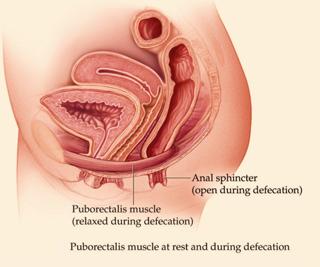pelvic floor dyssynergia causes
It is often a habit of an ineffective posture and behaviour you have when you try and have a bowel movement. The pelvic floor muscles do this by supporting organs such as the rectum uterus and bladder.

What Is Pelvic Floor Dyssynergia Advanced Gynecology
Today it is increasingly recognized that pelvic floor dysfunction can cause constipation and difficulty with defecation.

. An example of anorectal dysfunction that can contribute to constipation is a condition called Pelvic Floor Dyssynergia also referred to as anismus. Pelvic floor physical therapists as experts in treating muscle dysfunction use a variety of techniques including biofeedback which has been cited in the literature as a highly effective treatment to address dyssynergia. 1 Preston and Lennard-Jones 2 first described the association of paradoxical anal contraction during attempted defecation in patients with constipation and coined the term anismus.
Pelvic floor dyssynergia is a type of pelvic floor disorder or pelvic floor dysfunction PFD. Pelvic floor muscle tightening results in increased straining and may even be painful. Often times a paradoxical contraction may occur when attempting to relax the pelvic floor muscles further inhibiting bowel function and emptying.
The pelvic floor is a group of muscles located at the lower part of the abdomen between the hip bones that supports pelvic organs such as the rectum uterus and urinary bladder. Pelvic floor dyssynergia is a behavioural disorder that is the result of an unintentional habit. Excessive straining when having a bowel movement.
It can result in chronic constipation. What Is Pelvic Floor Dyssynergia Symptoms In Dogs. Subsequently several terms have been used to.
In women a rectocele occurs when the end of the rectum pushes through the wall of the vagina. Initial treatments include biofeedback pelvic floor physical therapy and medications. Dyssynergic defecation is a health condition with difficulty passing stool due to problems with the muscles and nerves of the pelvic floor.
To put it simply the pelvic floor muscles are overactive tight or non-relaxing. Using your fingers to help you have a bowel movement digital evacuation Overview Causes. The pelvic floor is composed of a group of muscles that.
A paradoxical contraction is when the pelvic floor muscles. A defecating proctogram test is used. To determine if there was a singular cause that led to your pelvic floor dyssynergia or if multiple events played a part your GP will.
Recently biofeedback training has been introduced as an alternative treatment. It causes the puborectalis muscles and other muscles of. Dyssynergic defecation is a condition in which there is a problem with the way certain nerves and muscles function in the pelvic floor.
However a strong pelvic floor is crucial as it supports the bladder uterus bowel rectum and all of the related functions. In addition we look for muscle imbalances and address musculoskeletal and other issues that may be contributing factors. This type of disorder involves uncoordinated muscles of the pelvic floor which results in difficulties with bowel movements.
Pelvic Floor Dysfunction in men is often diagnosed as Prostatitis. These are muscles located in the lower abdomen that allow bowel movements to pass normally. The authors review the evidence for this approach and conclude that although controlled.
These muscles tighten contract to prevent stool from leaking. Pelvic floor dyssynergia and pelvic floor dysfunction are caused by impaired relaxation of the external anal sphincter impaired relaxation of the puborectalis muscle or. When you try to have a bowel movement however this sphincter has to open to allow the stool to come out.
This makes it difficult to have a bowel movement. Outlet obstruction type constipation pelvic floor dyssynergia The external anal sphincter which is part of the pelvic floor normally stays tightly closed to prevent leakage. Defecation Dyssynergia is most commonly due to the inability of the pelvic floor or anal sphincter muscles to relax during defecation.
Dyssynergic defecation is considered to be the result of pelvic floor dysfunction in that the muscles and nerves within the pelvic floor are not functioning. Less than three bowel movements per week. Pelvic floor dysfunction physiopedia pelvic floor disorders health plus q a for pelvic pain tightness causes pelvic floor dysfunction treatment atlanta stockbridge.
Dyssynergic defecation occurs when the pelvic floor muscles are unable to. Pelvic floor dysfunction is the inability to correctly relax and coordinate your pelvic floor muscles to have a bowel movement. Pelvic floor dyssynergia is known by many different names including.
If pelvic floor dysfunction is the result of a rectal prolapse or rectocele surgery may be indicated. Stress bacteria andor inflammation can cause the pelvic floor muscles to elicit a protective response tightening of the muscles to protect against the stressor. Dyssynergic defecation is a condition that affects the pelvic floor muscles.
The pelvic floor are the muscles that attach to the pelvis in the abdomen. The most common causes are. Pelvic floor dyssynergia also referred to as pelvic floor dysfunction or pelvic dyssynergia is a painful disorder that affects the muscles in the pelvic floor.
It is marked by the failure of pelvic floor muscles to relax or a paradoxical contraction of the pelvic floor muscles with defecation. Stimulation damage to the sacral and pudendal nerves can cause them to send signals to the pelvic floor muscles that. Symptoms of pelvic floor dyssynergia include.
Anal sphincter dyssynergia also known as pelvic floor dyssynergia is the weakening of the pelvic floor or sphincters in the anus. Pain in your lower back. Anismus puborectalis dyssynergia paradoxical puborectalis obstructive defecation dyssynergic defecation pelvic outlet obstruction and pelvic floor dysfunction.
A rectal prolapse occurs when tissue that lines the rectum falls or prolapses into the anal opening. Click to share on Twitter Opens in new window Click to share on Facebook. Whats people lookup in this blog.
At Carolina Pelvic Health Center specially trained pelvic floor physical. One of its most important functions is to help. Pelvic floor dyssynergia means that your pelvic muscles are contracting and closing the rectum rather than relaxing and opening the sphincter when you attempt to have a bowel movement.
When you have pelvic floor dyssynergia pelvic dyssynergia the muscles in your pelvic floor become uncoordinated. Symptoms include constipation straining to defecate having urine or stool leakage and experiencing a frequent need to pee. It is important to understand that Pelvic Floor Dysfunction can occur whether prostatitis is present or not.
A condition with similar symptoms but different causes is Pseudodyssynergia. Your pelvic floor includes muscles and connective tissue that support your bladder rectum and other pelvic organs. Pelvic floor dyssynergia is one of the commonest subtypes of constipation and the conventional treatment dietary fibre and laxatives is often unsatisfactory.

Pelvic Floor Dysfunction And Uti Symptoms The Differences

Chronic Constipation Pelvic Rehabilitation Medicine

Constipation And Pelvic Floor Dyssynergia What Do They Have In Common The Pelvic Expert

Dyssynergia An Overview Sciencedirect Topics

Pelvic Floor Dysfunction The Signs Symptoms And Treatments
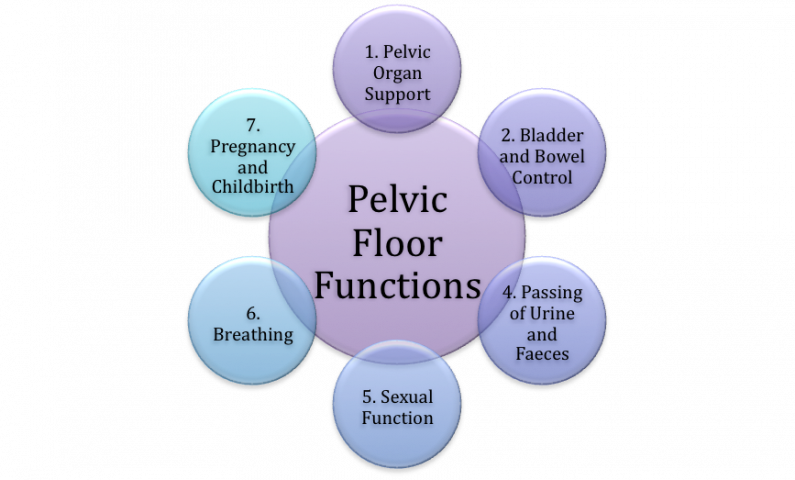
Pelvic Floor Dysfunction Physiopedia

Pelvic Floor Dysfunction Symptoms Causes And Treatment
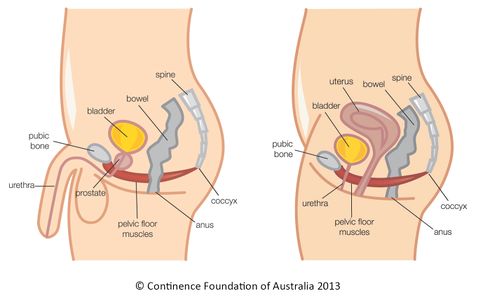
Pelvic Floor Dysfunction Physiopedia

Pelvic Floor Dysfunction Gastrointestinal Society

Pelvic Floor Disorders Causes Symptoms Diagnosis Treatment Prevention
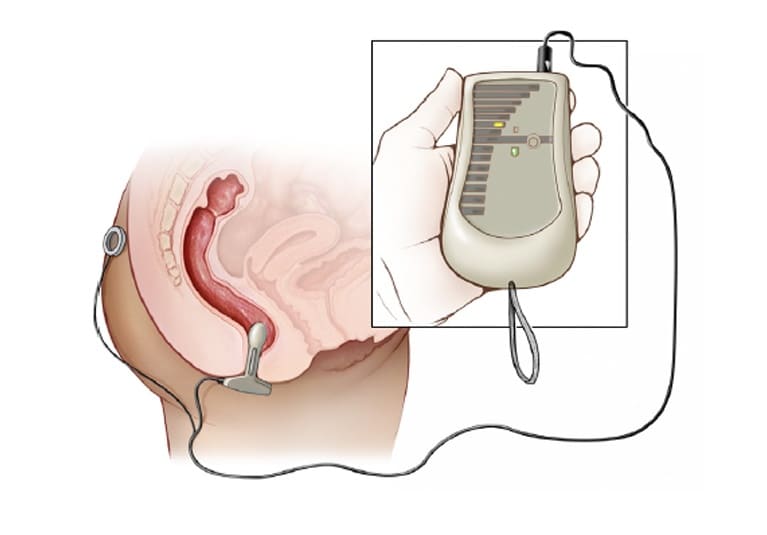
Unique Intensive Curriculum Helps Patients Retrain Pelvic Floor Muscles Mayo Clinic
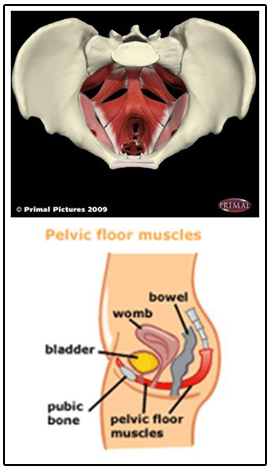
Pelvic Floor Muscle Dysfunction Pfmd Pamela Morrison Pelvic Pain Physical Therapist P C

Pelvic Floor Blog Zion Physical Therapy
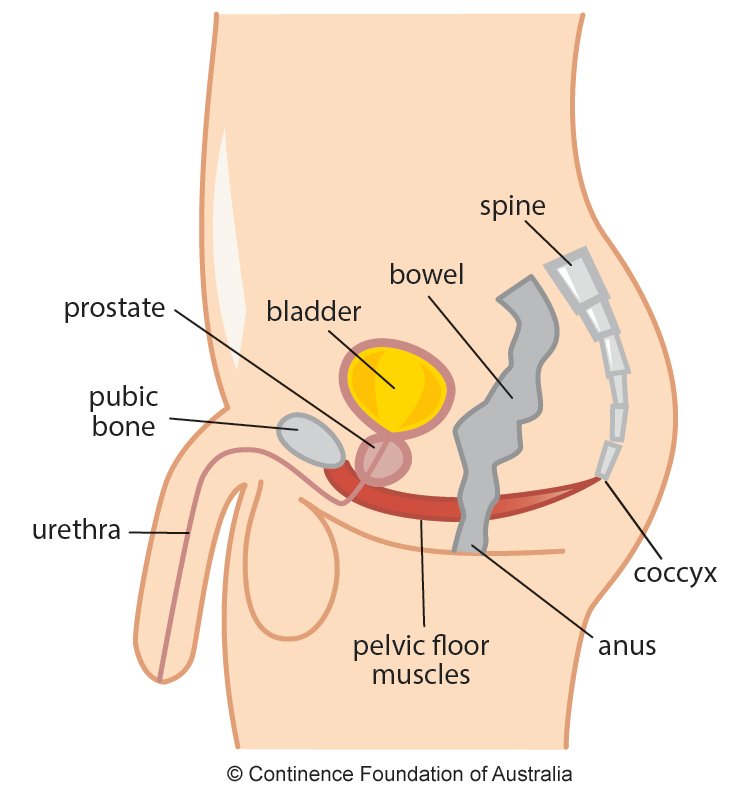
Pelvic Floor Muscles And Erectile Dysfunction Healthy Male

Constipation Pelvic Health Physical Therapy

Why Your Pelvic Floor May Be The Cause Of Your Digestive Problems

